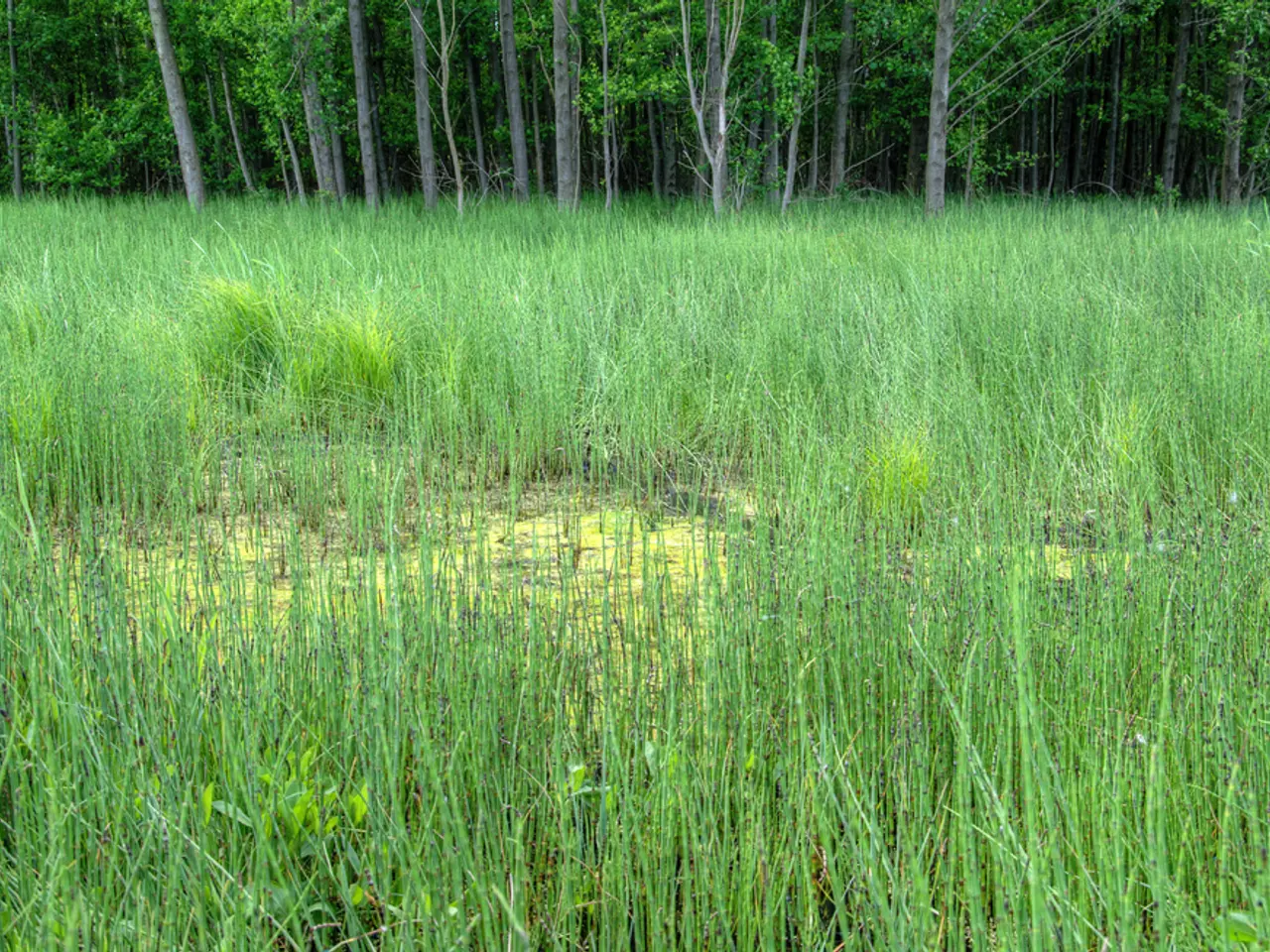Gardening for Self-Sustainable Dining: A Handbook for Domestic Chefs
Garden-to-table is a growing trend that involves growing fresh produce near your home for consumption. This practice has gained popularity, with small eateries adopting the concept by either growing their own produce or sourcing from small farms.
Getting Started
A successful garden-to-table plot begins with careful planning and preparation. Here are the key steps to help you create a productive and efficient garden:
- Choose the Vegetables and Herbs You Enjoy: Growing crops you like ensures motivation and use of your harvest. Cool-season plants like spring onions, broccoli, kale, many lettuces, and snow peas can be started directly outside in garden beds.
- Plan Your Garden Layout: Use grids or raised borders separated by paths (e.g., gravel walkways) to maximize space, improve access, and reduce soil compaction and weeds. Draw the plan on paper before starting.
- Create a Planting Schedule: Stagger planting by sowing seeds indoors, direct sowing, and transplanting at optimal times to have continuous harvests throughout the growing season.
- Practice Succession Planting and Interplanting: Combine longer-term crops (like broccoli) with fast growers (like radishes) and continually harvested plants (like cherry tomatoes) to maximize yield and space.
- Improve and Maintain Soil Health: Test and amend soil with organic matter such as compost or manure to ensure fertility and good structure. Choose crops suitable to your climate, sunlight exposure, and soil type.
- Consider Companion Planting: Select plants that benefit each other to improve growth and deter pests, avoiding incompatible neighbors.
- Group Plants with Similar Watering Needs: This helps efficient irrigation and avoids under- or over-watering.
- Monitor for Pests and Diseases Regularly: Take prompt action to maintain plant health, especially in a diverse garden.
- Prepare Paths: Using gravel or other mulches between beds enhances ease of harvesting and garden maintenance.
- Be Flexible and Learn from Each Season: Adjust your planting schedule and layout based on experience and changing conditions for better results next season.
Harvesting and Storing Your Produce
Pick produce at optimum ripeness before storage or preservation. Most foods can be stored in the vegetable crisper for a few days. Root vegetables can also be planted directly outside. If produce is washed, it should be dried well after cleaning. Always check stored produce for any evidence of slime, softness, or other signs of spoilage.
Some gardeners believe foods will last longer if they are not washed until ready to eat. Fresh produce can be stored in cool storage or preserved for later use. Seeds are the least expensive way to start a garden-to-table space, with most seeds able to be started indoors and planted outside when temperatures warm.
Benefits of Garden-to-Table
Growing your own food offers numerous benefits, including physical exercise, dietary variety, control over pesticides and fertilizers, mental wellness benefits, educational opportunities for children, waste reduction, and adaptability to various spaces. The practice also reduces carbon emissions by short-distance shipping.
A well-rounded garden-to-table plot includes berry canes and bushes, dwarf fruit trees, and other edible plants, as well as herbs and edible flowers to attract pollinators and enhance flavor and color of dishes. Use clean gloves or hands when harvesting food.
By following these steps, you'll be well on your way to establishing a productive garden-to-table plot that provides fresh, flavorful produce throughout the growing season, with efficient space use and soil care.
- To expand your home-and-garden lifestyle, consider growing a variety of edible plants such as berry canes, dwarf fruit trees, and herbs to attract pollinators and enhance the flavor and color of your dishes.
- For a sustainable home-and-garden, implement gardening techniques like succession planting and interplanting to maximize yield and space, and choose companion plants to improve growth and deter pests, all while reducing carbon emissions by short-distance shipping.




